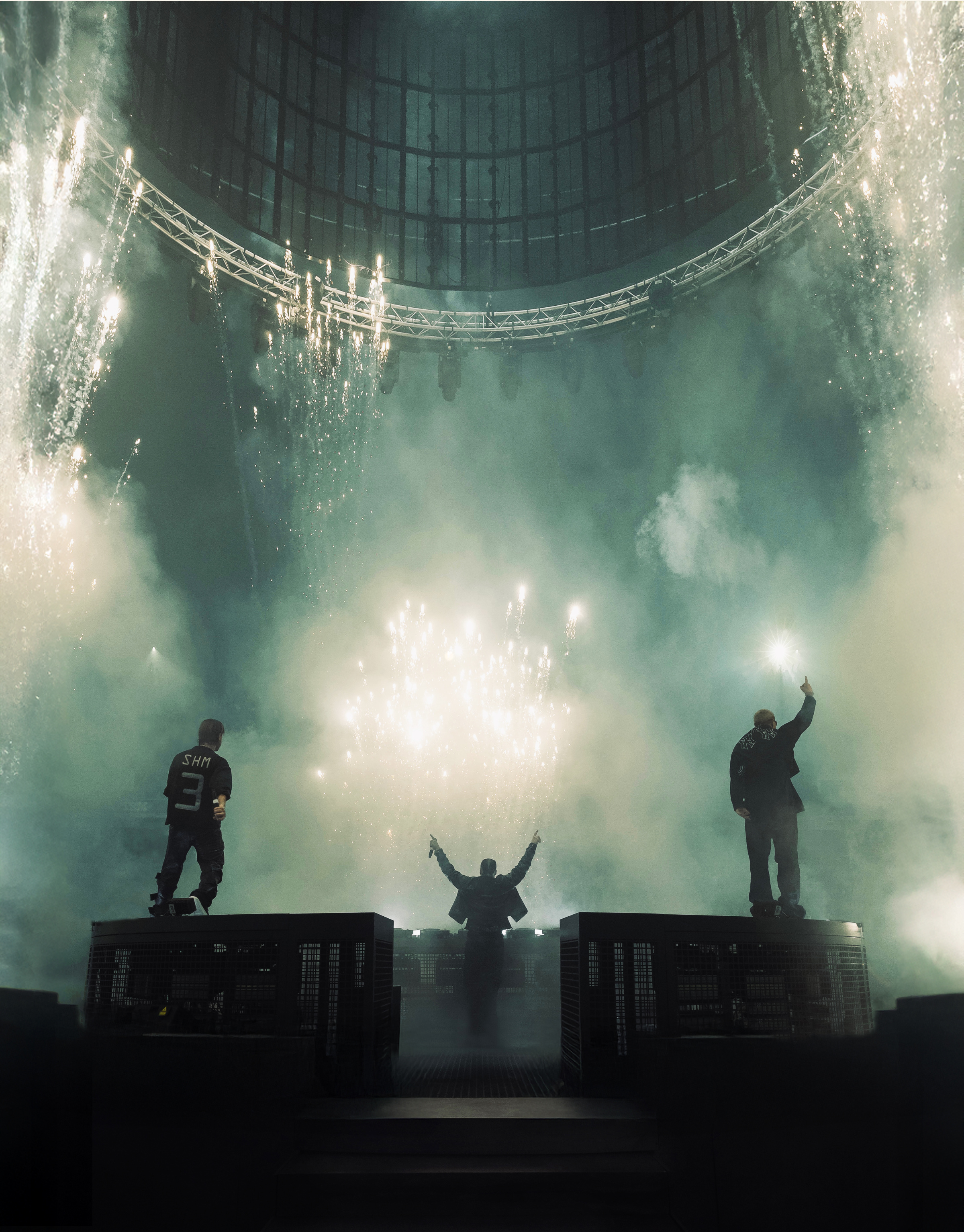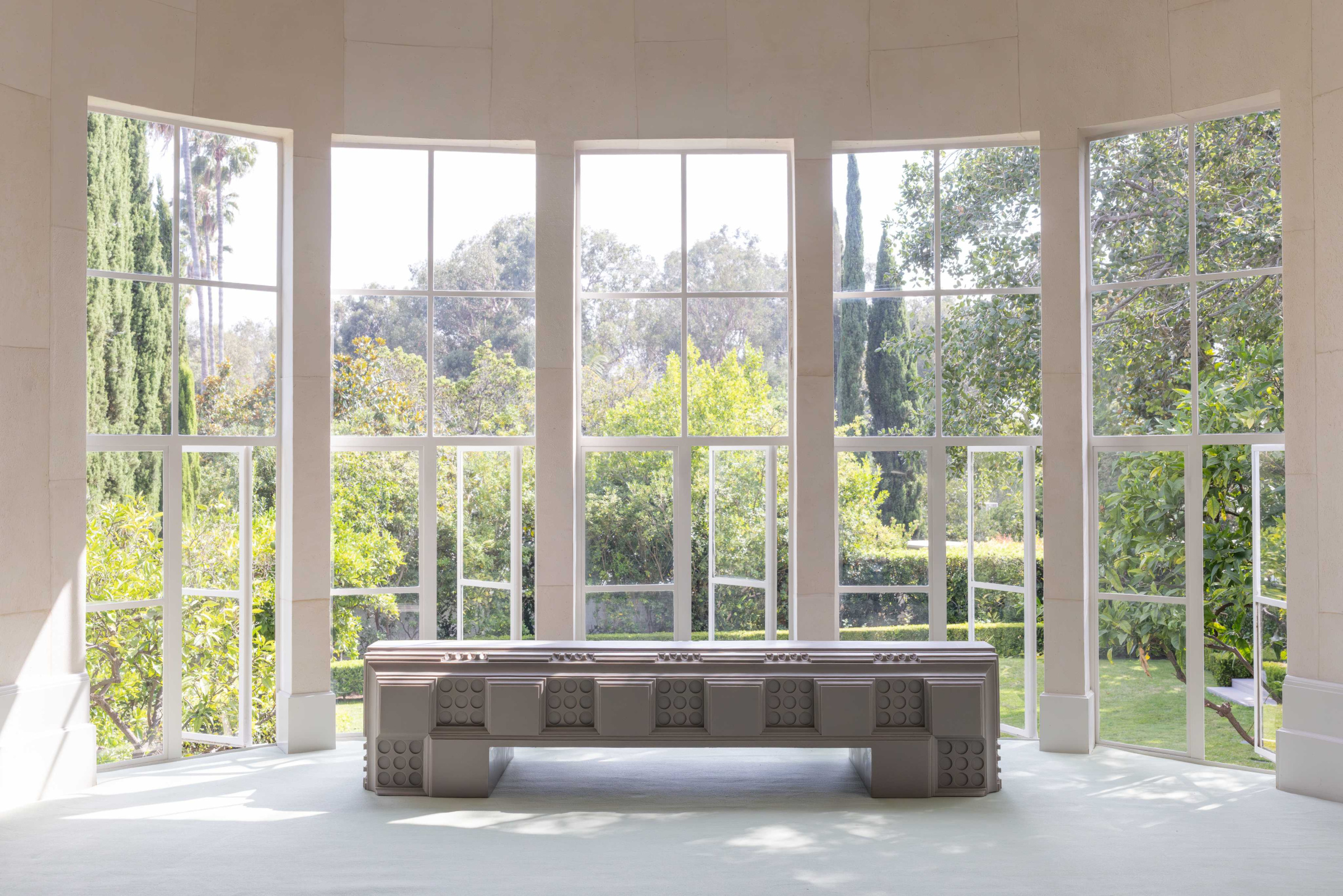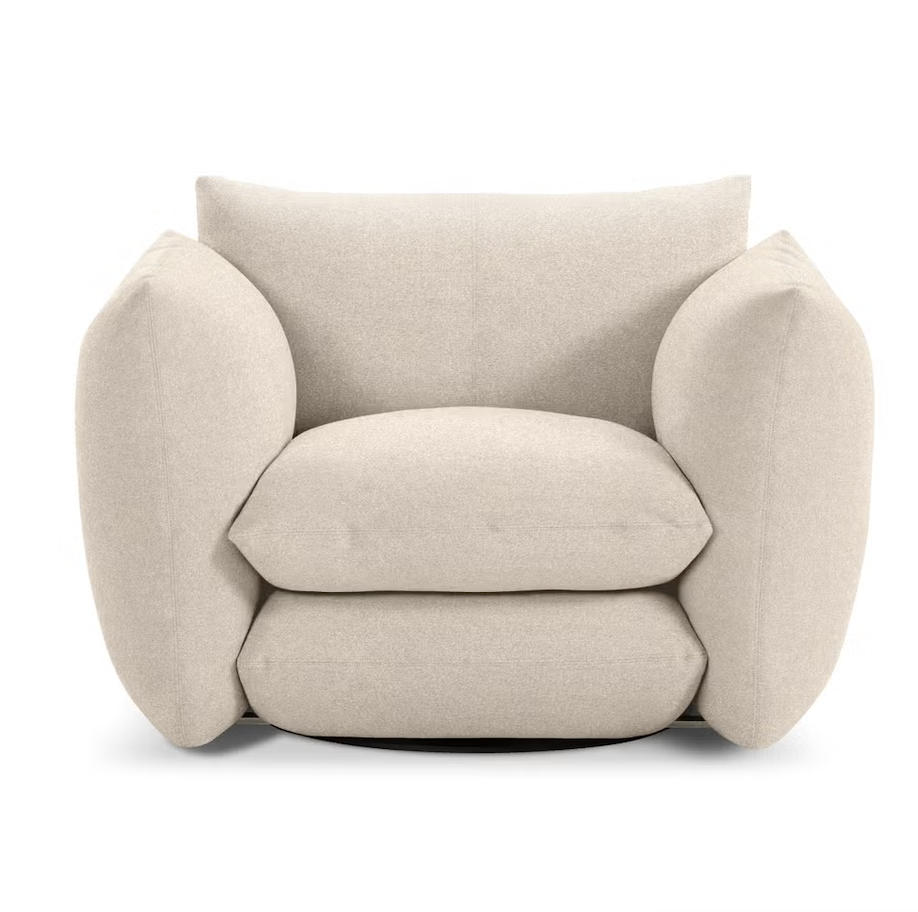Photographer and art director Alice Mesguich captures scenes with such careful attention to detail that her photos often resemble a work of art.
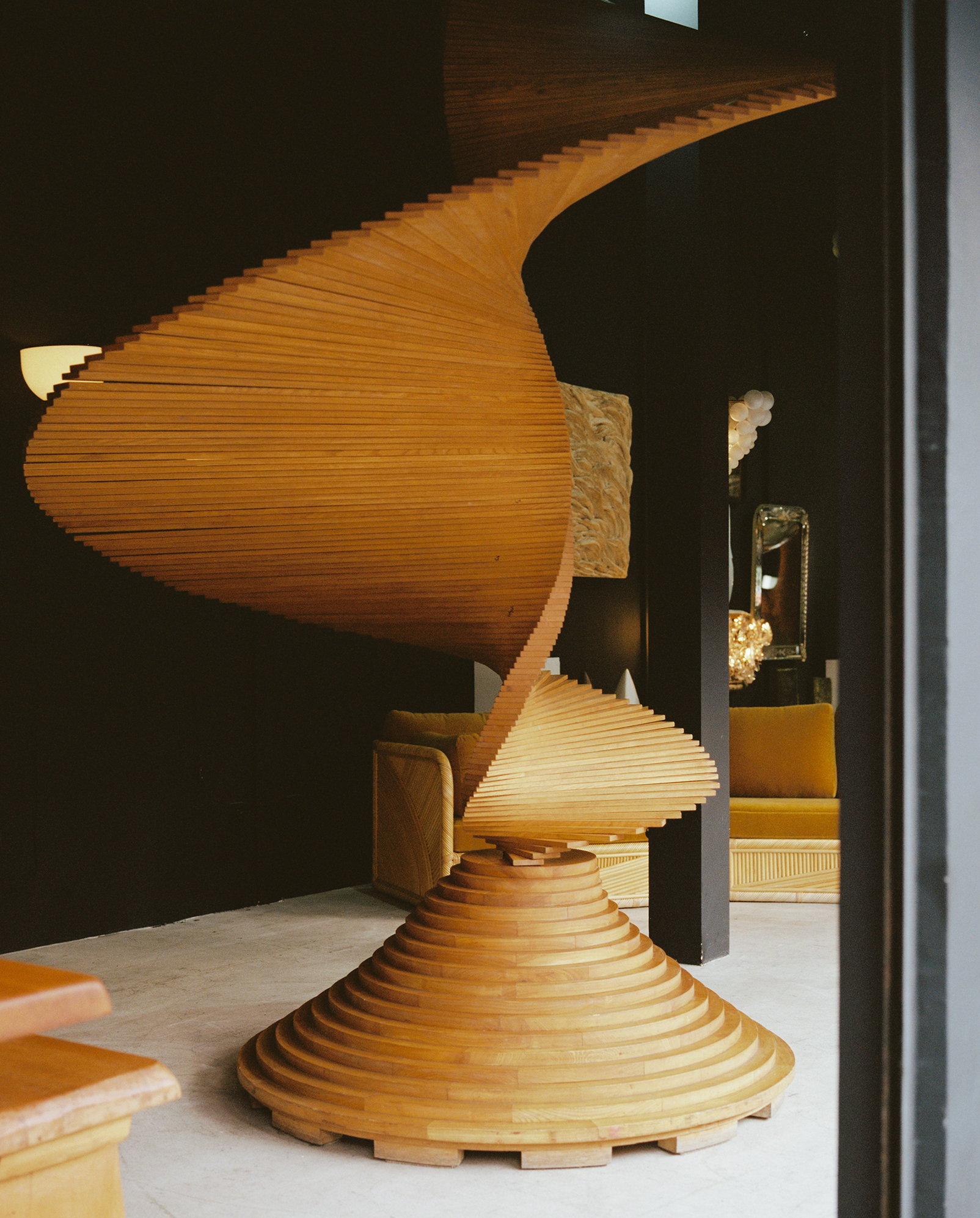
“I work on my images in post-production as one might work on the light of a still life painting,” she says. Alice aims to capture the space and its context in her photos, giving an interior an artistic rendering like a story about who lives there and how their lives unravel within the walls.
Les Puces de Saint-Ouen is the largest antique market in Paris and a source of inspiration for Alice. She collects the designs she likes in photos, like this sculpture by Lucien Beniere at Pheromones by Joseph Daaboul.
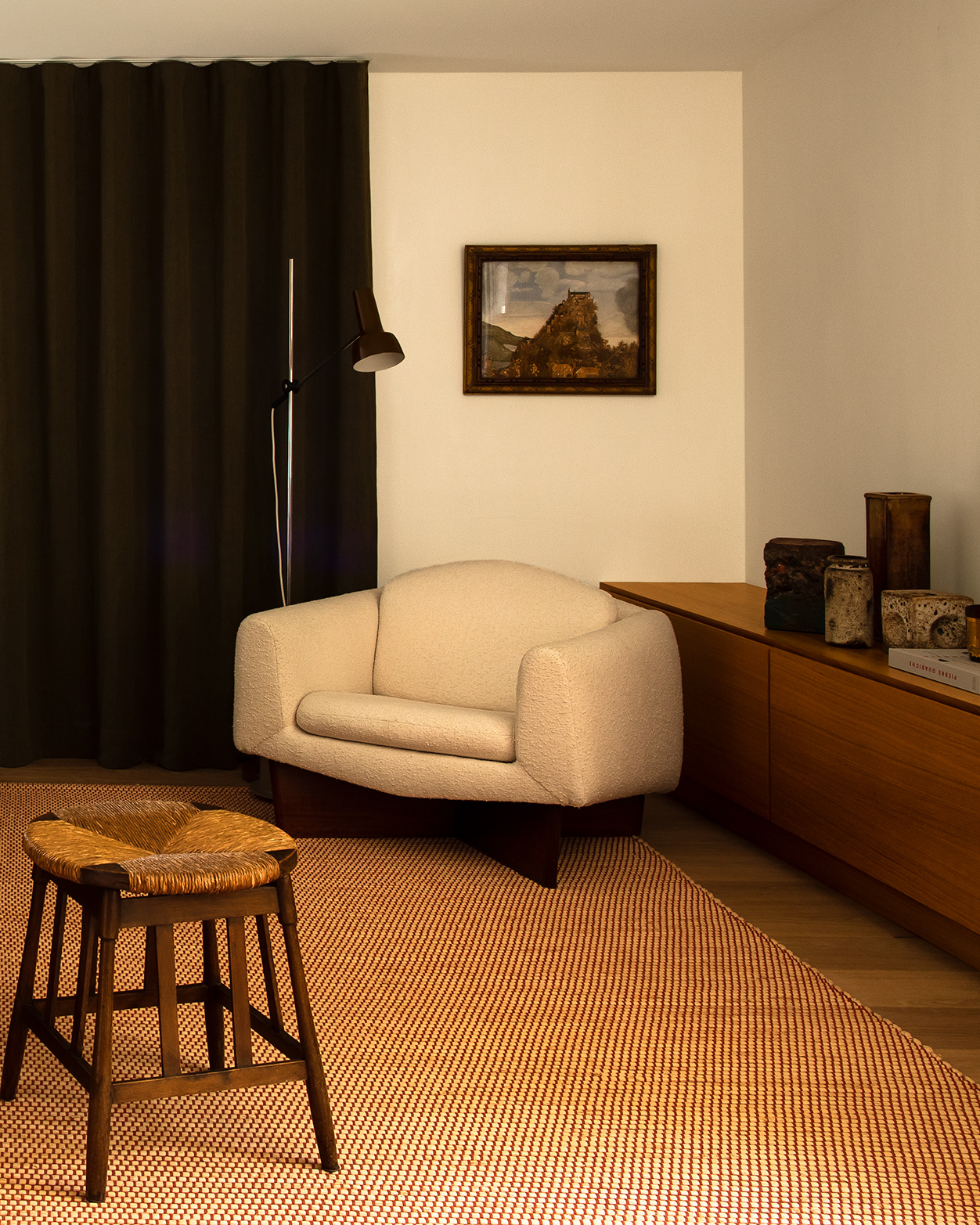
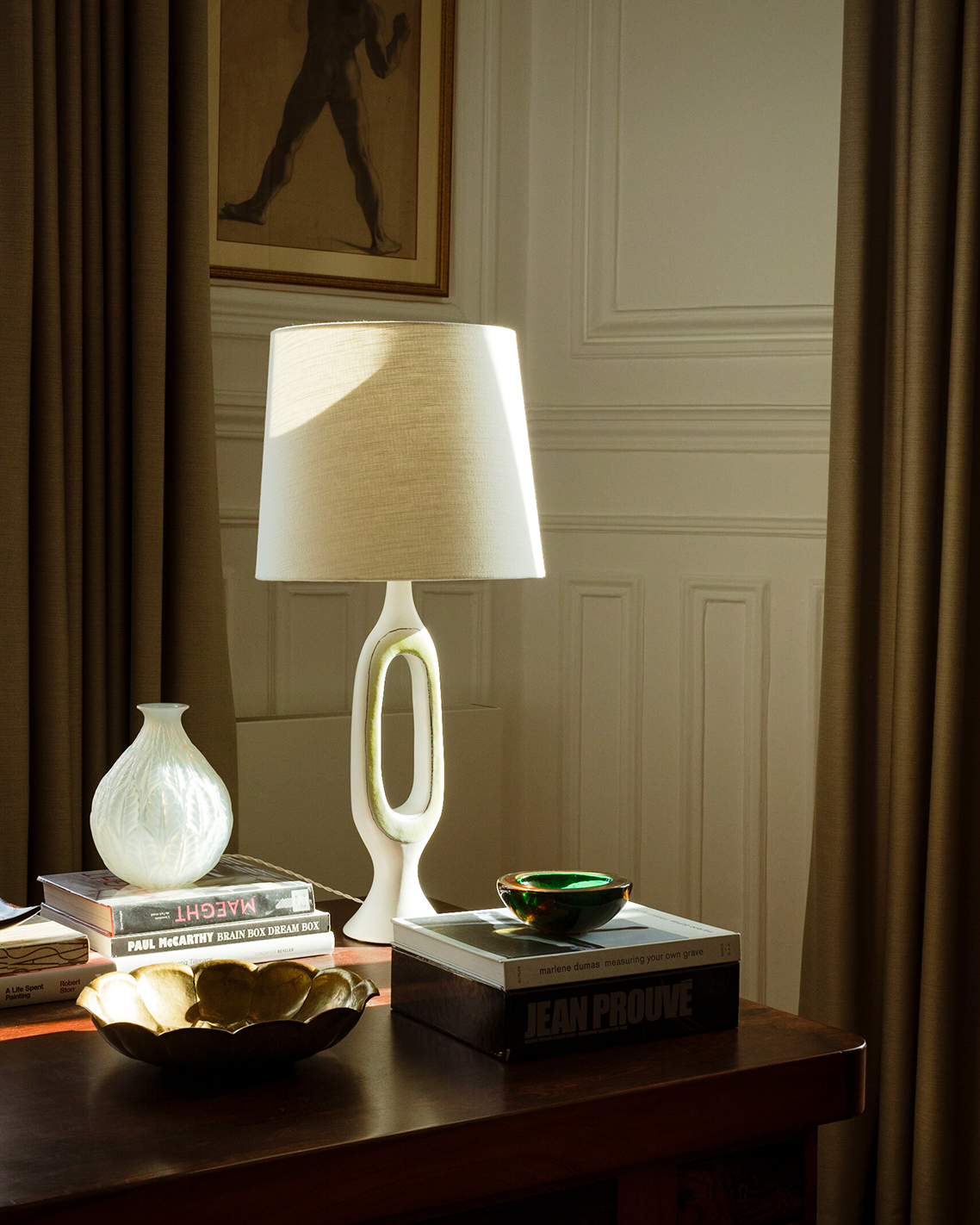
To get at the heart of the life in a space, Alice tries to imagine what the architect or decorator wanted from the space and tasks herself with the job of bringing it to life. When she can spend time with the architect she asks about the furniture, artwork, textiles, and small objects to understand the role they play in the space. These details are what turn the photo into a story, giving it context and place.
“This is a still life I composed [at Luis Laplace’s space]. I really liked that lamp and wanted to make a photo where we could really feel its shape,” she says.
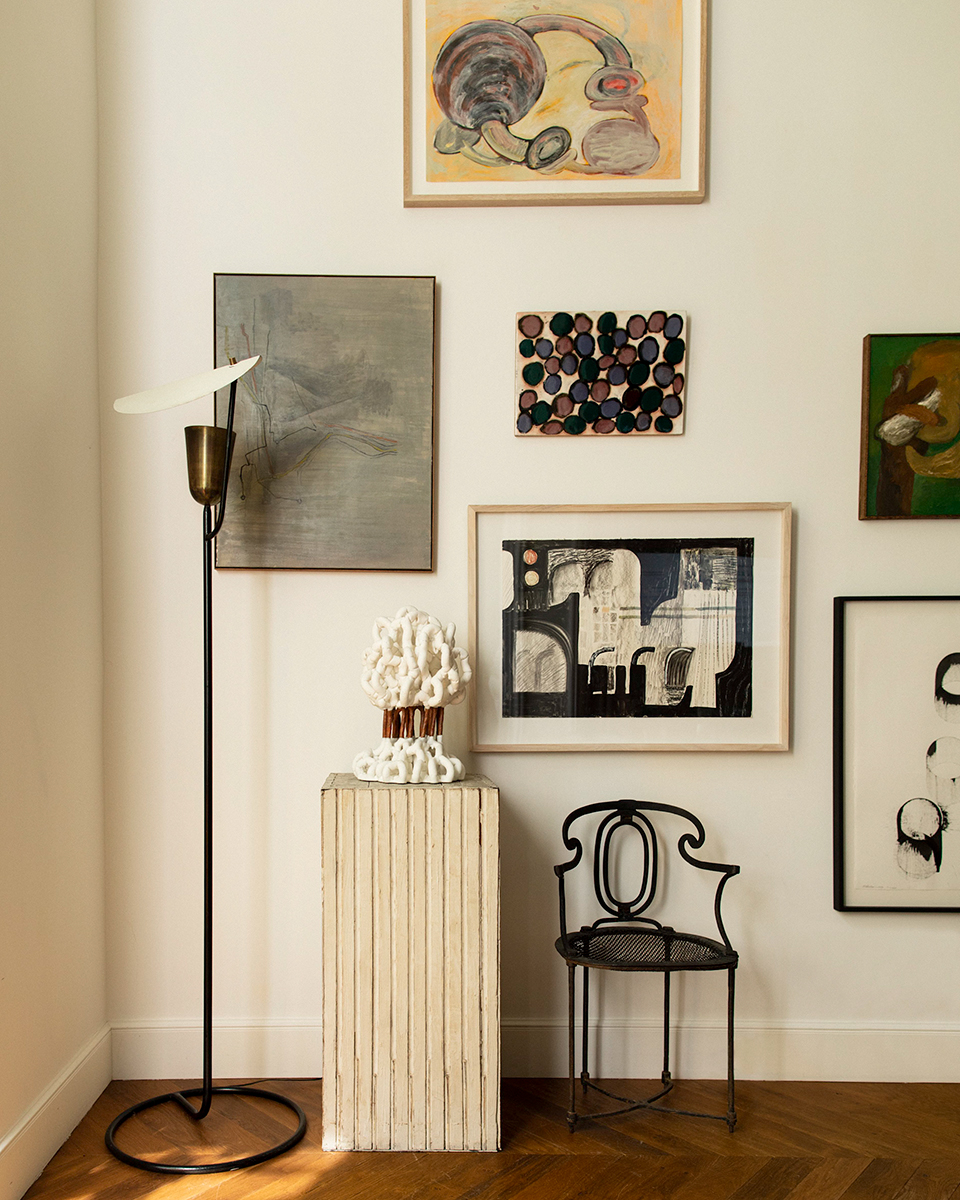
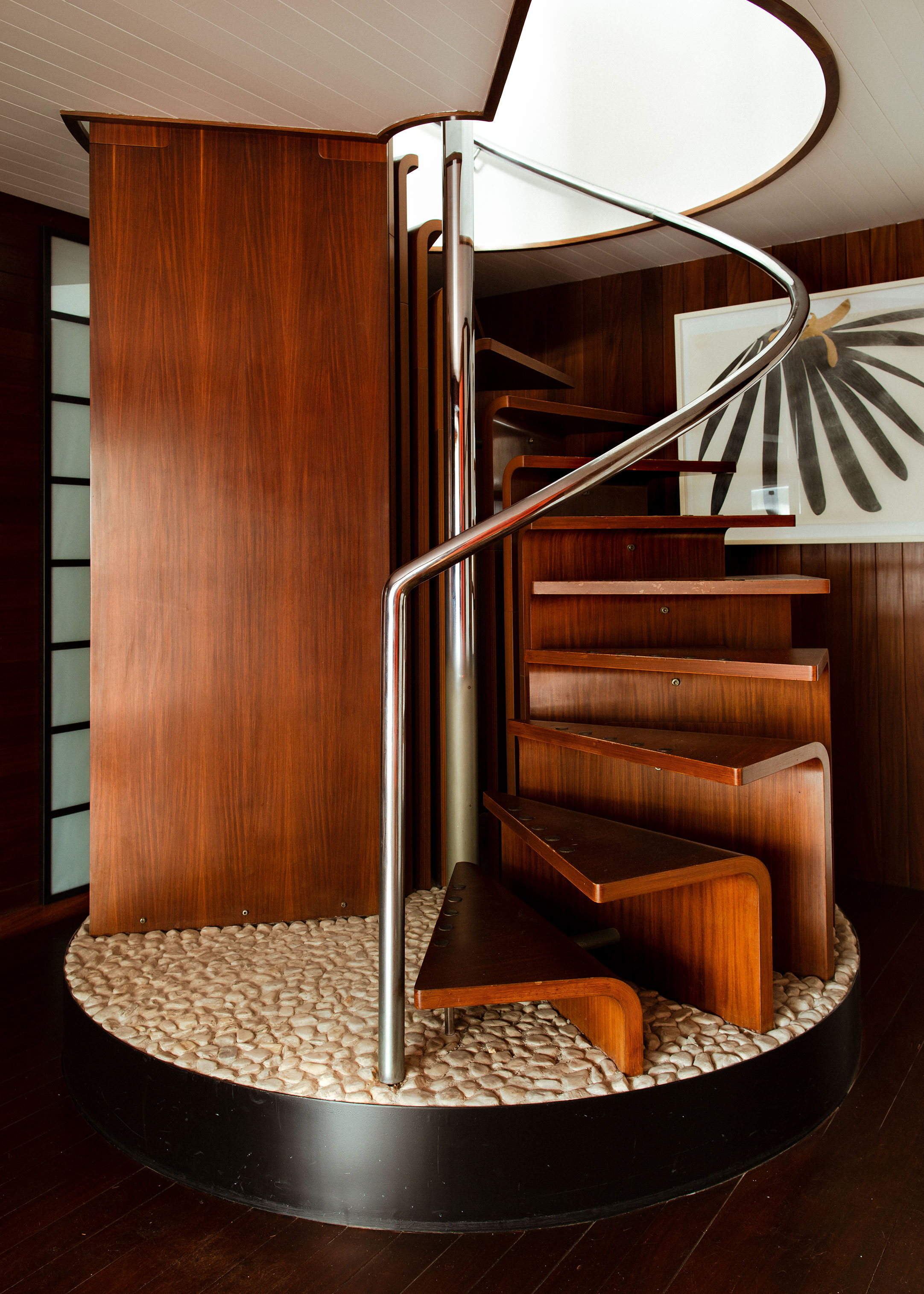
“It is easier for me to make these works speak when I know a little more and can decide what place to give them in the image,” she says. “I use these elements to create a narrative.” Apart from the art and design elements that give it character, she also pays close attention to color and materials that create an atmosphere, often highlighting soft-toned woods lit in beams of natural light.
Villa Westhinder is a 1930 Bauhaus villa on the Belgian coast designed by architect Henry van de Velde.
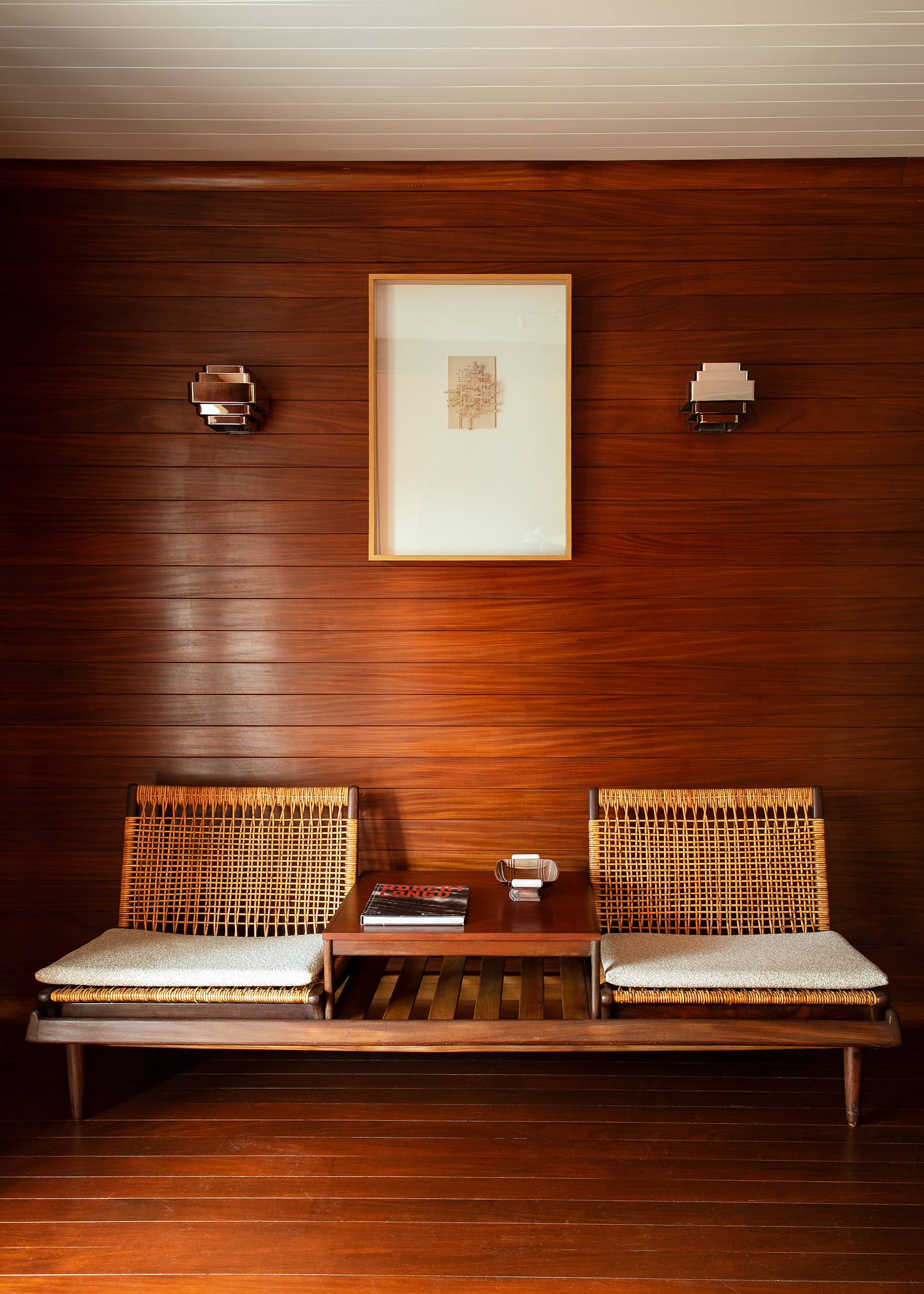
A recent update to Villa Westhinder incorporates Jules Wabbes light fixtures and Sapele woodwork in the hall. The rounded details and proportions reference van de Velde’s architectural inspiration: an ocean liner.
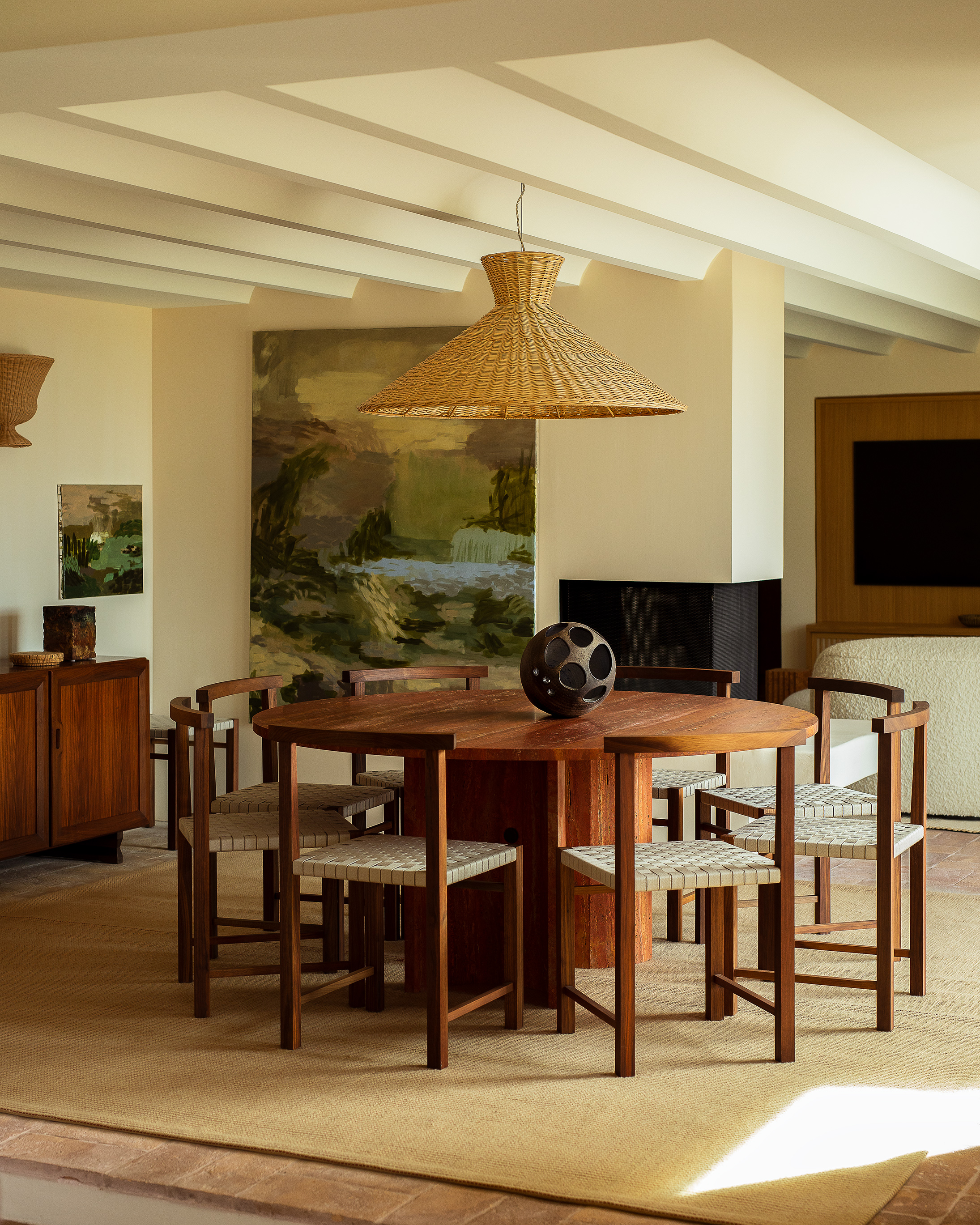
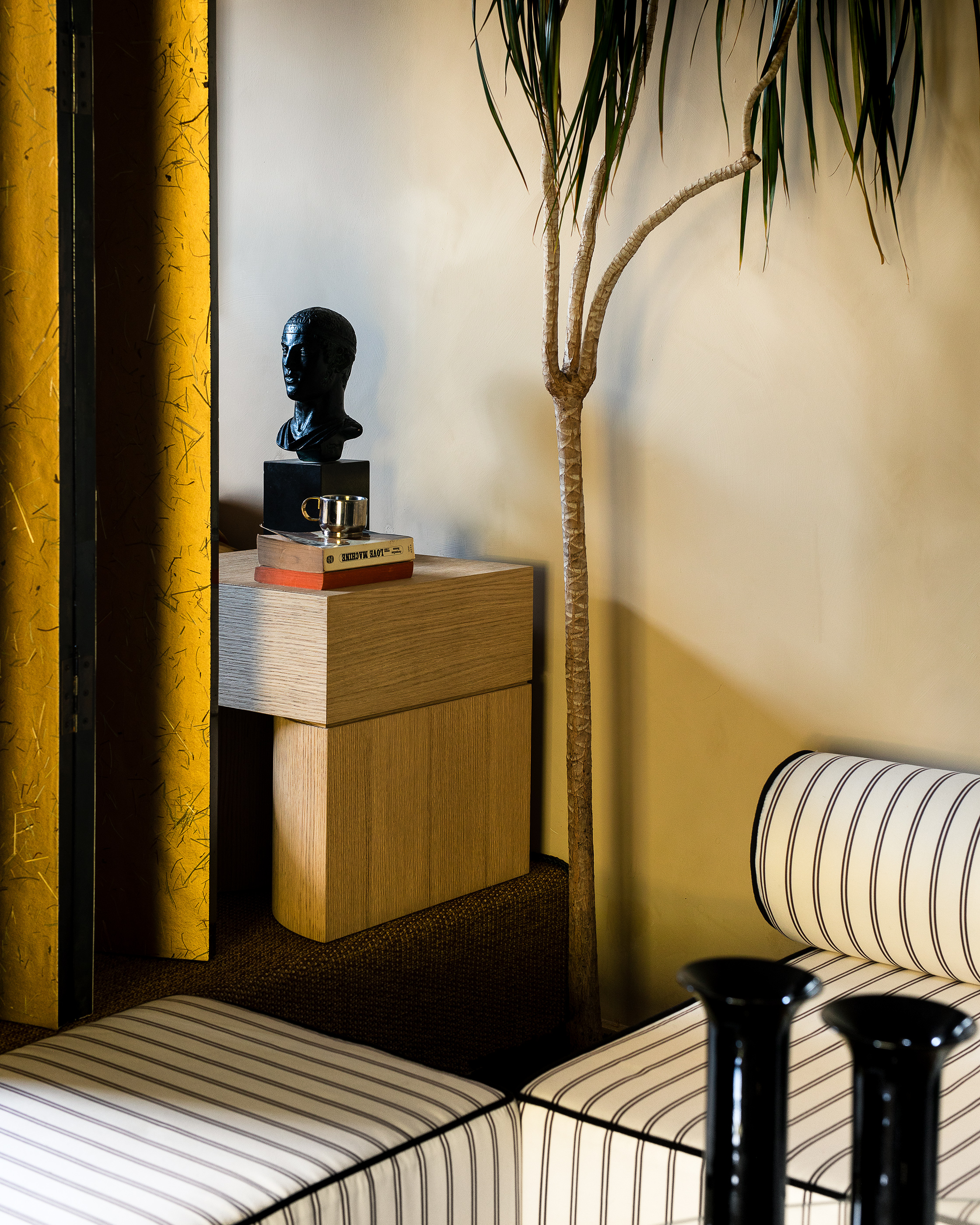
Alice’s play with composition and shadow gives her photos a feel adjacent to a chiaroscuro—but with a distinct sense of warmth and liveliness. The dialogue between light and dark, personal design elements, and materials gives the space a texture and personality. “I try to work on the atmosphere of a place more than to give a simple objective and documentary representation. I always try to approach them differently.”
At Studio Le Cann in the south of France, interior architects Raphaëlle Robert and Guillaume Fantin create a sunny southern atmosphere with large, cushioned benches in Huahune fabric (Nobilis).
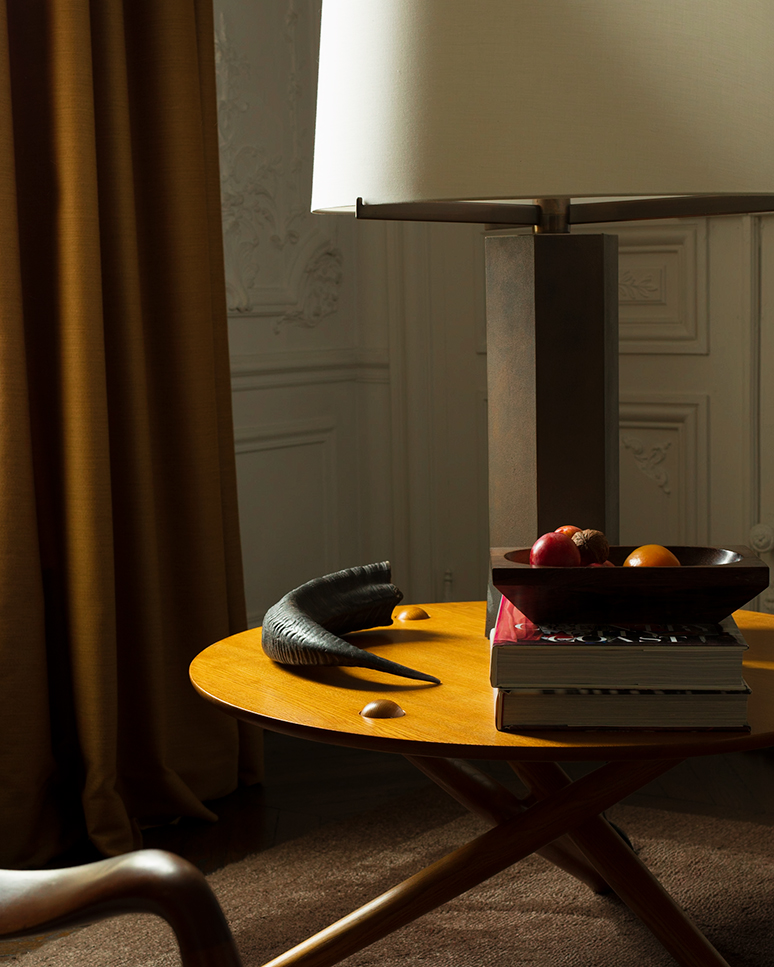

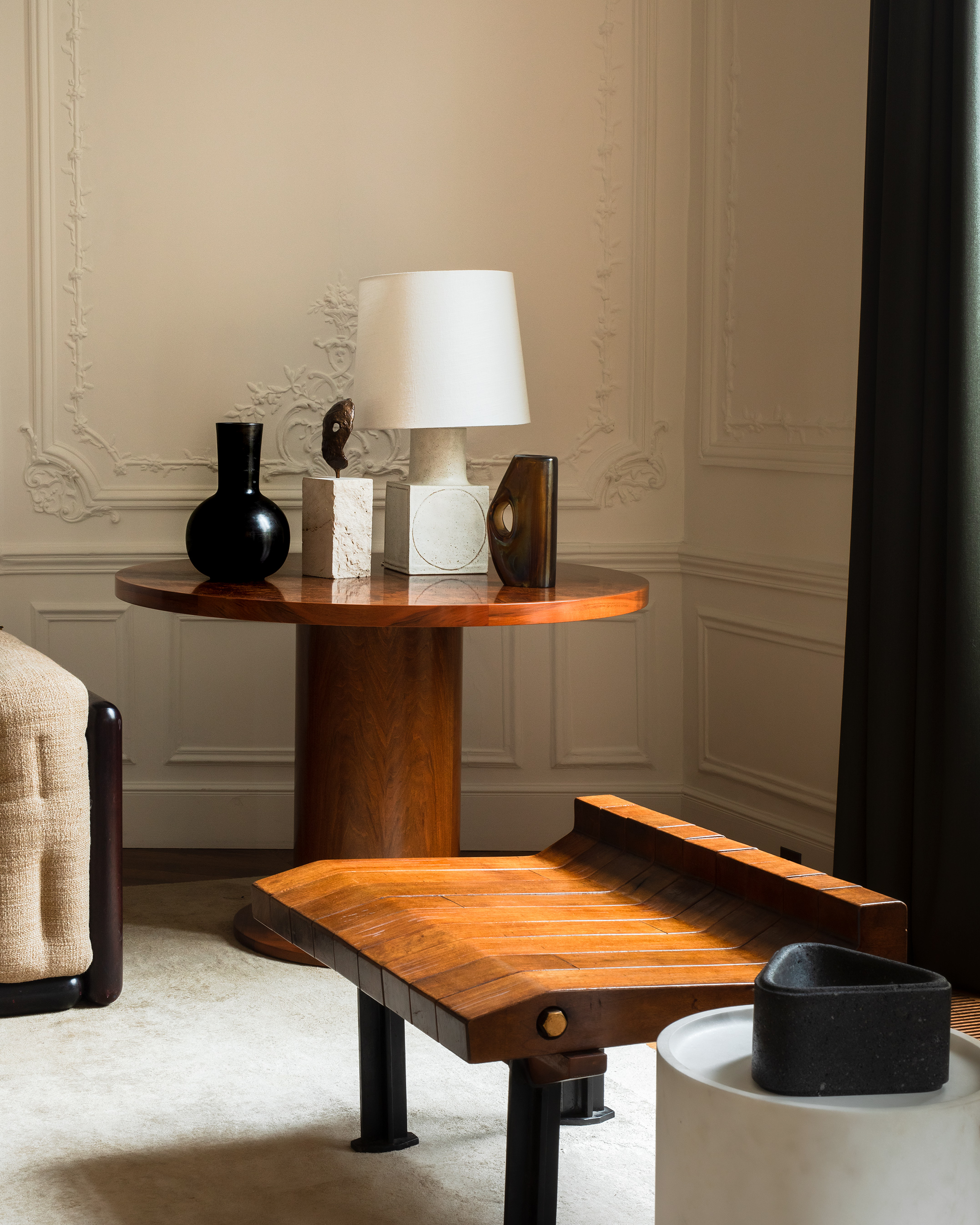
It is then that she is able to take the photos into post-production and use her digital tools like paint brushes, adjusting brightness and temperature, exposure and color to reach a perfect, pictorial feeling that is true to the space—just perhaps a little more beautiful.
Luis Laplace founded his eponymous firm in Paris in 2004 with his partner Christophe Comoy. The couple enjoys working with flea market finds and objects by lesser-known artists and designers.
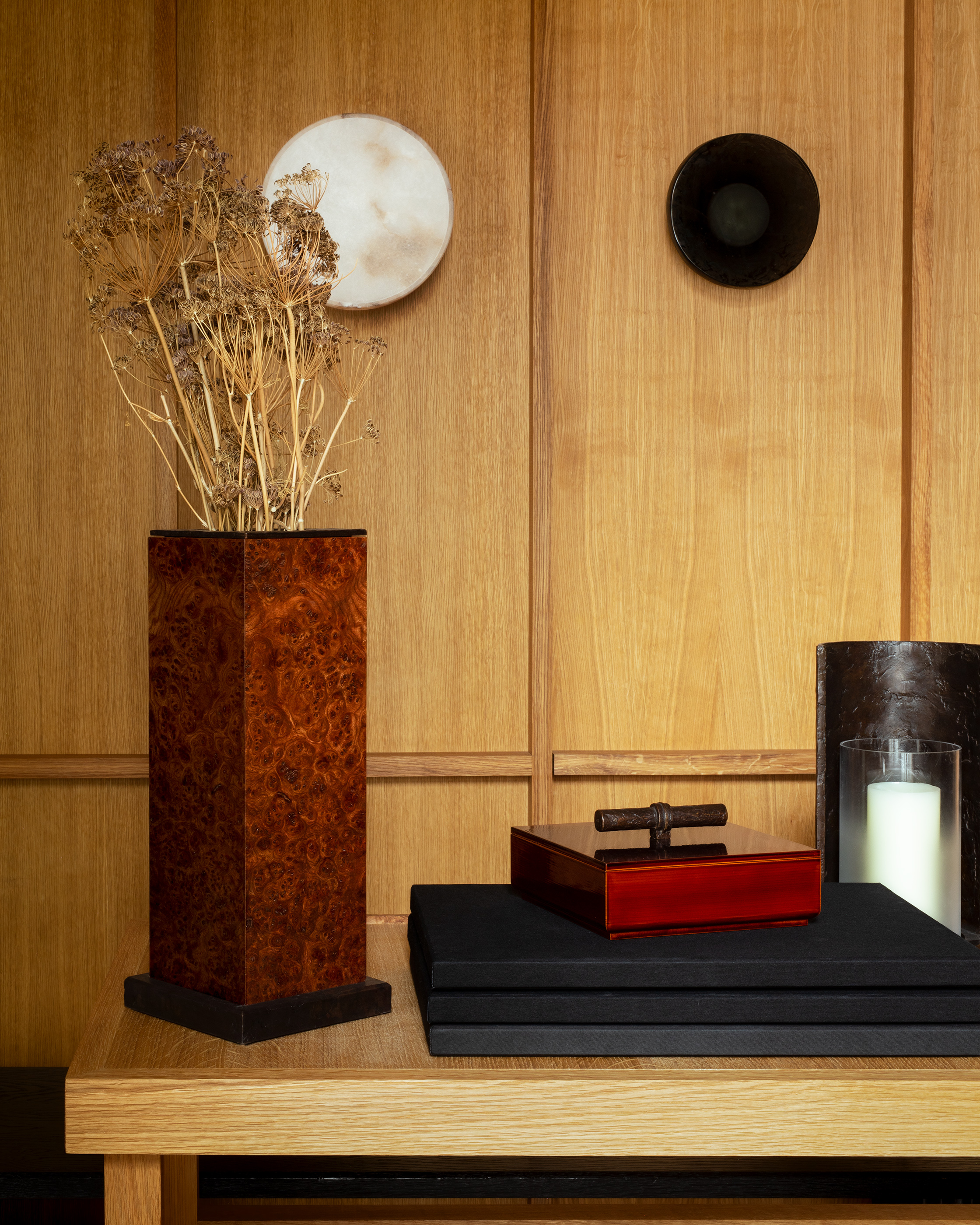
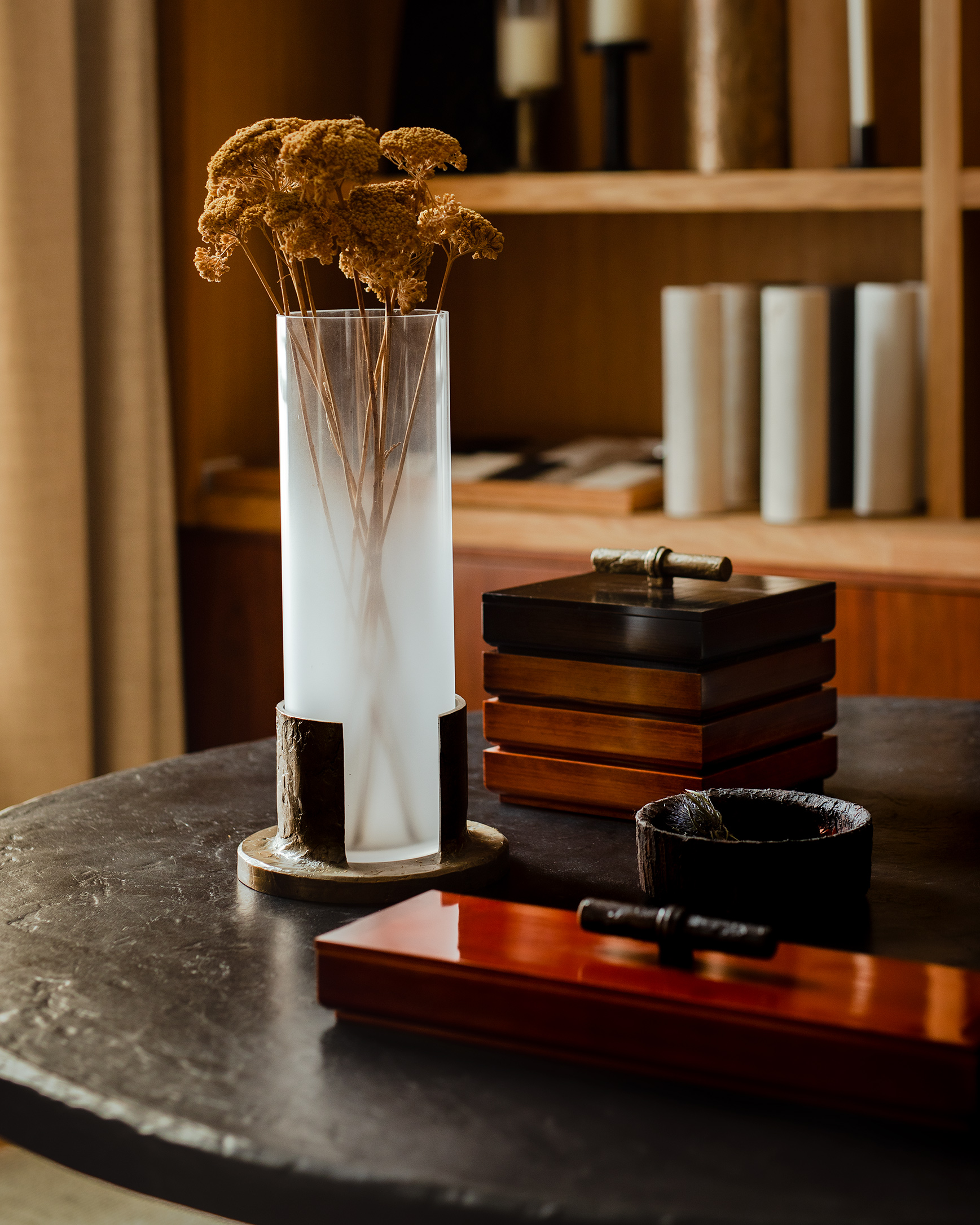
Garnier et Linker gallery apartment in Paris.
A version of this article originally appeared in Sixtysix Issue 10 as part of the “Stay Awhile” feature, where life comes into focus through the lenses of photographers Robert Rieger, Alice Mesguich, Sean Fennessy, and Fabian Martínez.



